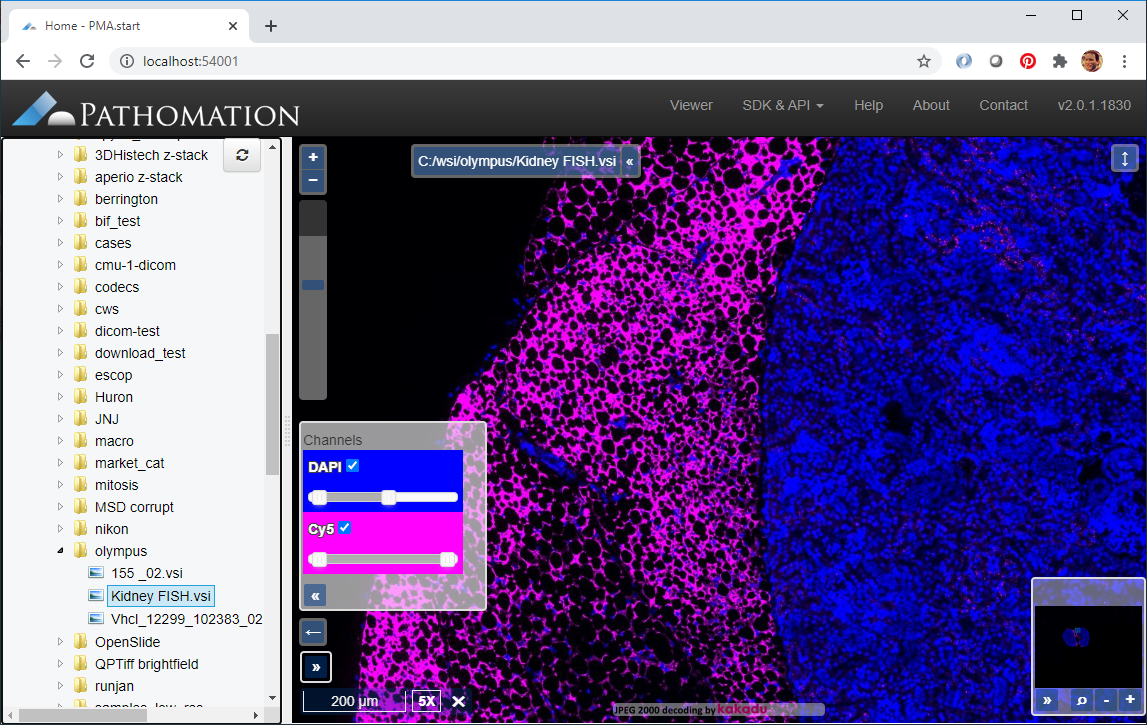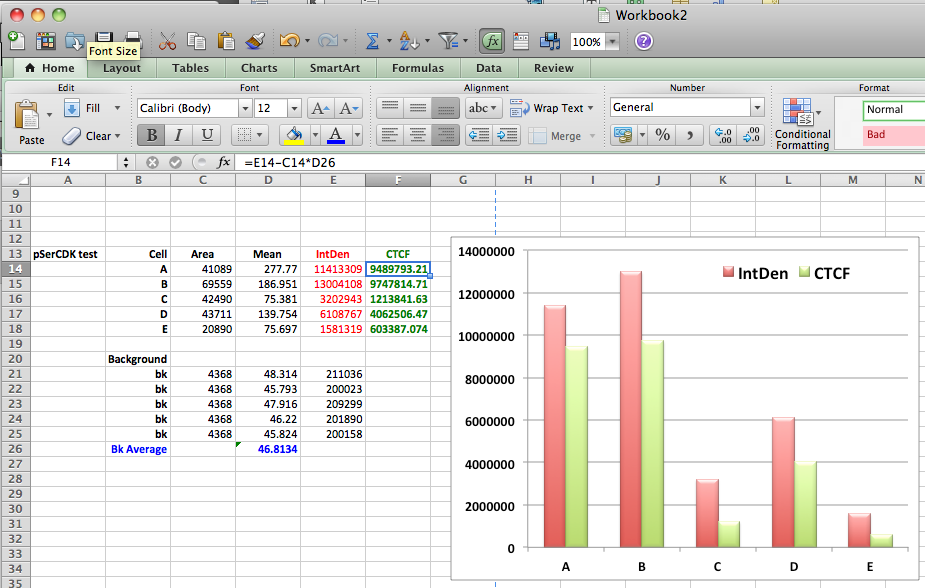

- #Mac software for viewing fluorescence data manual
- #Mac software for viewing fluorescence data portable
Unfortunately, quantification of synaptic protein levels in the fluorescent images is very labor intensive. Therefore, puncta analysis is a crucial tool for understanding how molecular reorganization affects synaptic function. Changes in the puncta density and intensity of PSD-95 correlate directly with excitatory synapse numbers and synapse strength. For example, PSD-95 is a postsynaptic scaffolding protein frequently used as excitatory synapse markers. By measuring changes in puncta attributes such as density, size, and intensity of puncta, researchers are able to study how both the subcellular distribution and the localized levels of specific molecules change at synapses. Immunofluorescence microscopy is one of the most widely used methods to investigate how synapses and the associated proteins contribute to various synaptic events. Furthermore, in addition to learning and memory, these are directly relevant to understanding synapse/circuit development, mental retardation associated with aging and neurodegenerative diseases, and pathological bases of psychiatric diseases –.

Therefore, studying the dynamic reorganization and turnover of proteins at synapses is one of the hottest topics in the field of molecular and cellular neurobiology. Current models suggest that information storage occurs at synapses through structural and molecular rearrangements of synapses with multitudes of synaptic proteins being added to and/or released from the synapses –. Abilities such as consciousness, emotions, intelligence, learning and memory are possible due to the complex interconnectivity between neurons. The human brain is made up of billions of interconnected neurons that can each form thousands of connections (synapses) with other neurons. The funders had no role in study design, data collection and analysis, decision to publish, or preparation of the manuscript.Ĭompeting interests: The authors have declared that no competing interests exist. All relevant data are within the paper and its Supporting Information files.įunding: This work was supported by the NIH grant MH078135 and by funding provided through the Research and Education Program, a component of the Advancing a Healthier Wisconsin endowment at the Medical College of Wisconsin. This is an open-access article distributed under the terms of the Creative Commons Attribution License, which permits unrestricted use, distribution, and reproduction in any medium, provided the original author and source are credited.ĭata Availability: The authors confirm that all data underlying the findings are fully available without restriction. Received: SeptemAccepted: NovemPublished: December 22, 2014Ĭopyright: © 2014 Danielson, Lee. Fox, Virginia Tech Carilion Research Institute, United States of America
#Mac software for viewing fluorescence data portable
SynPAnal is stand-alone software written using the JAVA programming language, and thus is portable and platform-free.Ĭitation: Danielson E, Lee SH (2014) SynPAnal: Software for Rapid Quantification of the Density and Intensity of Protein Puncta from Fluorescence Microscopy Images of Neurons.
#Mac software for viewing fluorescence data manual
The software, dubbed as SynPAnal (for Synaptic Puncta Analysis), streamlines data quantification for puncta density and average intensity, thereby increases data analysis throughput compared to a manual method.

In this article, we describe a software tool designed for the rapid semi-automatic detection and quantification of synaptic protein puncta from 2D immunofluorescence images generated by confocal laser scanning microscopy. Unfortunately, puncta quantification is very labor intensive and time consuming. Quantitative measurement of the changes in puncta density, intensity, and sizes of specific proteins provide valuable information on their function in synaptic transmission, circuit development, synaptic plasticity, and synaptopathy. Proteins involved in synaptic transmission and synaptic plasticity are typically concentrated at synapses of neurons and thus appear as puncta (clusters) in immunofluorescence microscopy images. Studying synaptic protein turnover is not only important for understanding learning and memory, but also has direct implication for understanding pathological conditions like aging, neurodegenerative diseases, and psychiatric disorders. Continuous modification of the protein composition at synapses is a driving force for the plastic changes of synaptic strength, and provides the fundamental molecular mechanism of synaptic plasticity and information storage in the brain.


 0 kommentar(er)
0 kommentar(er)
